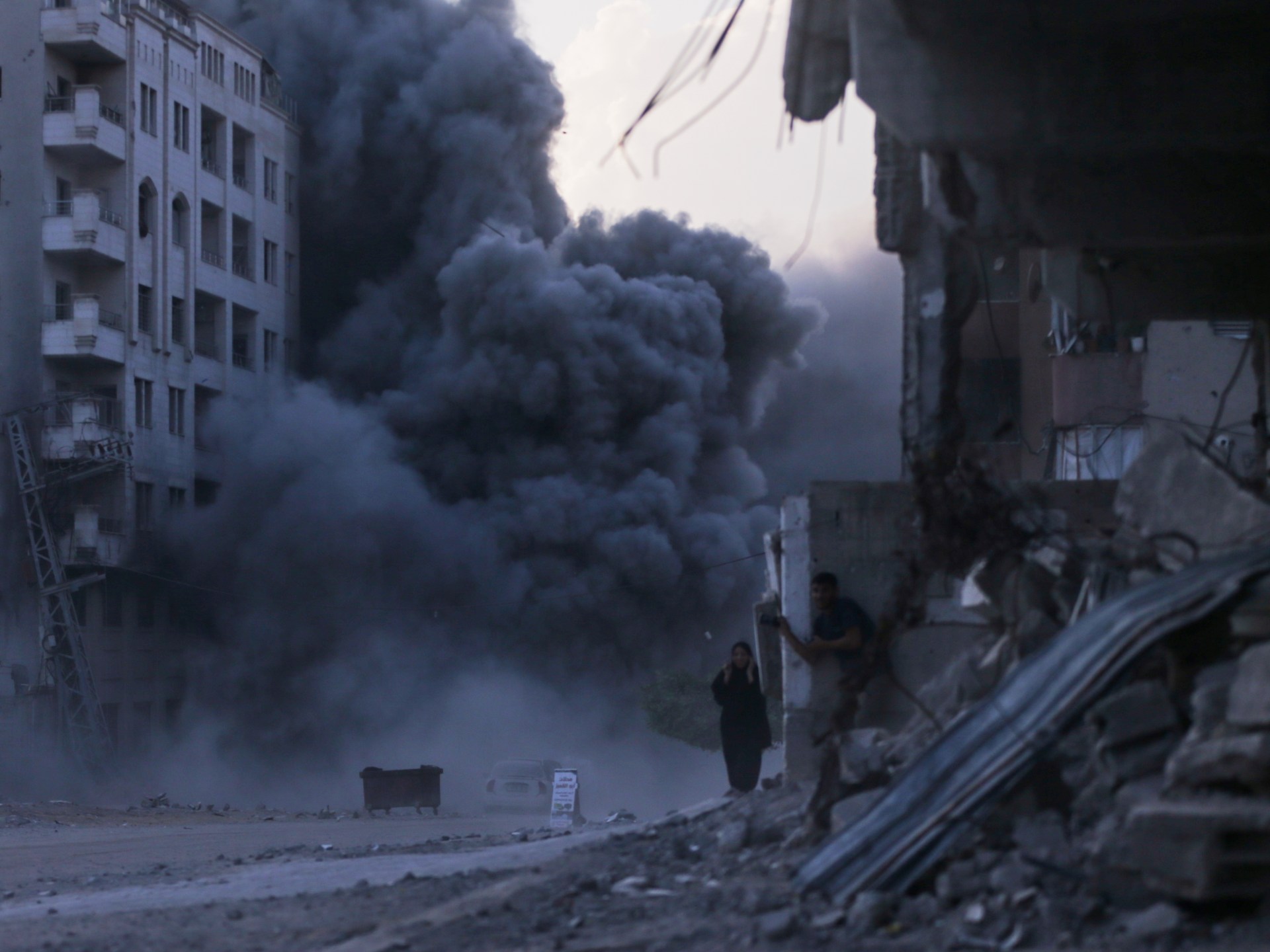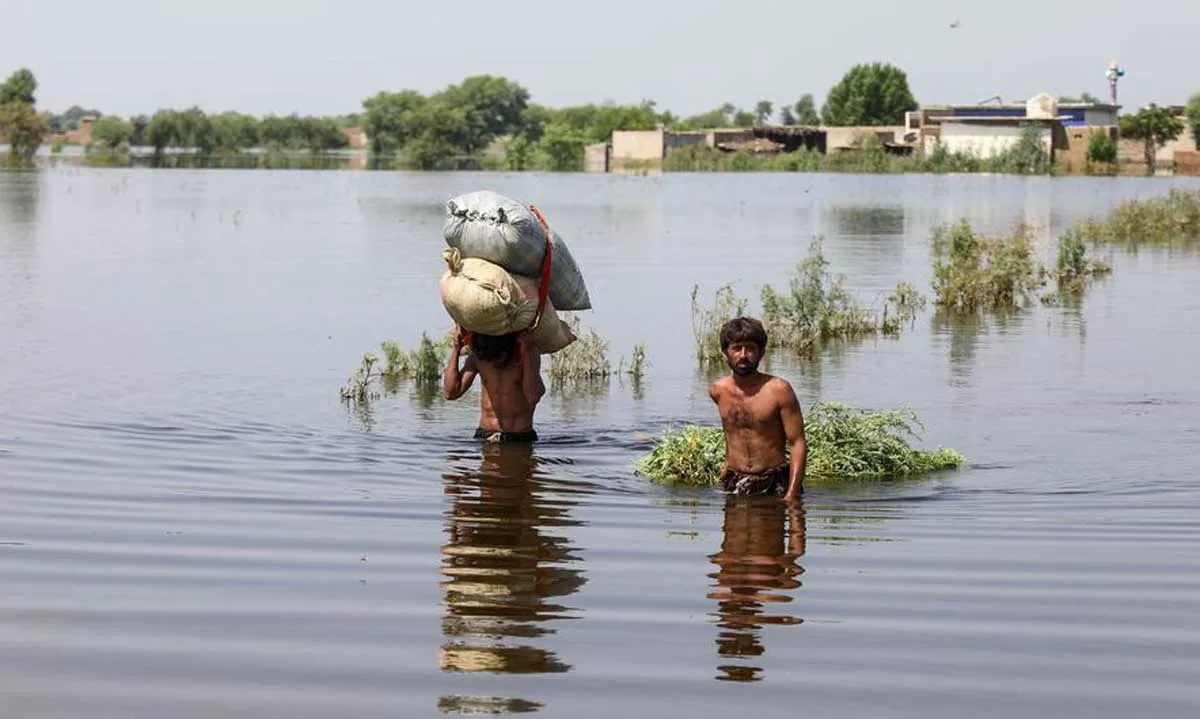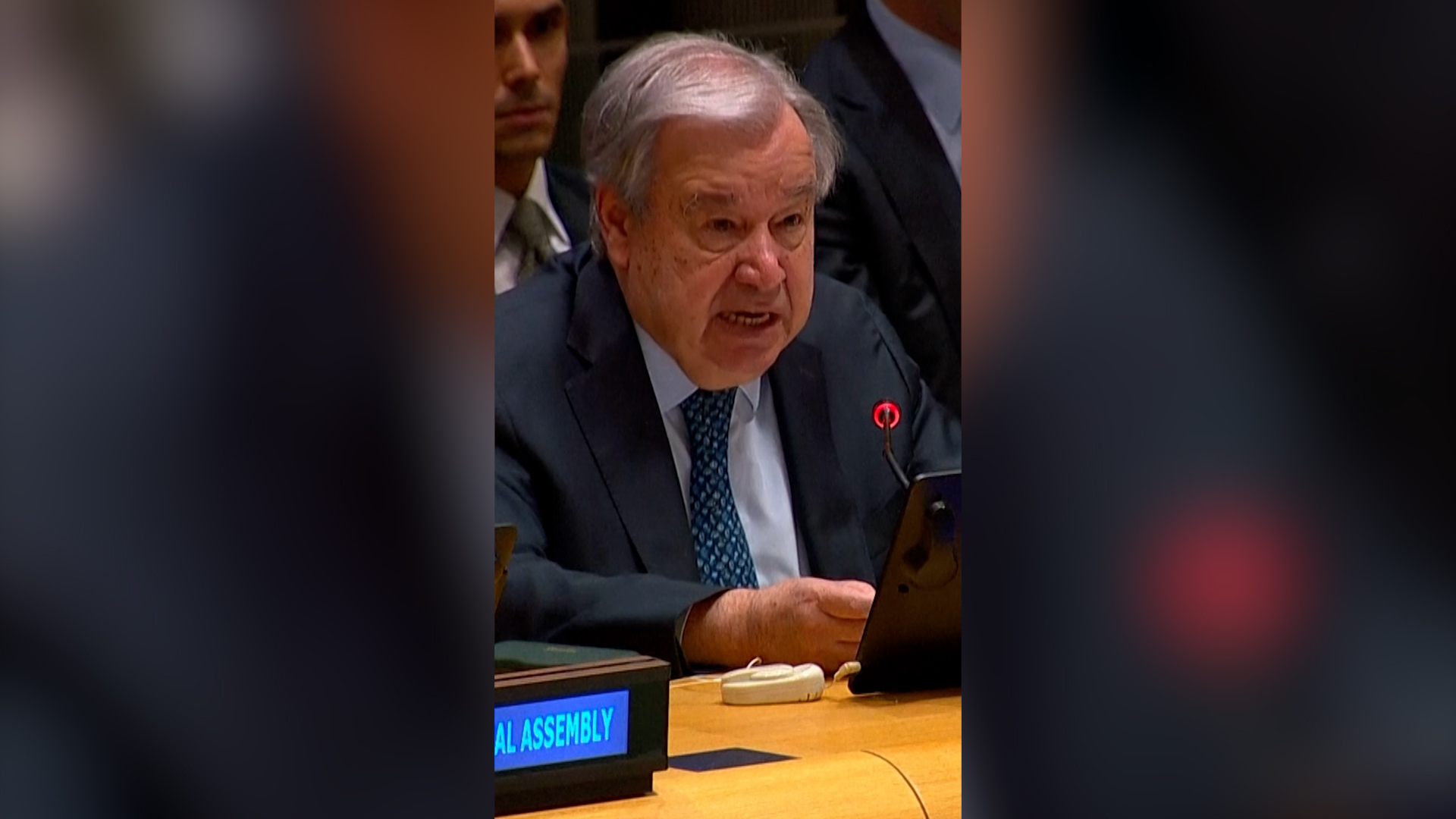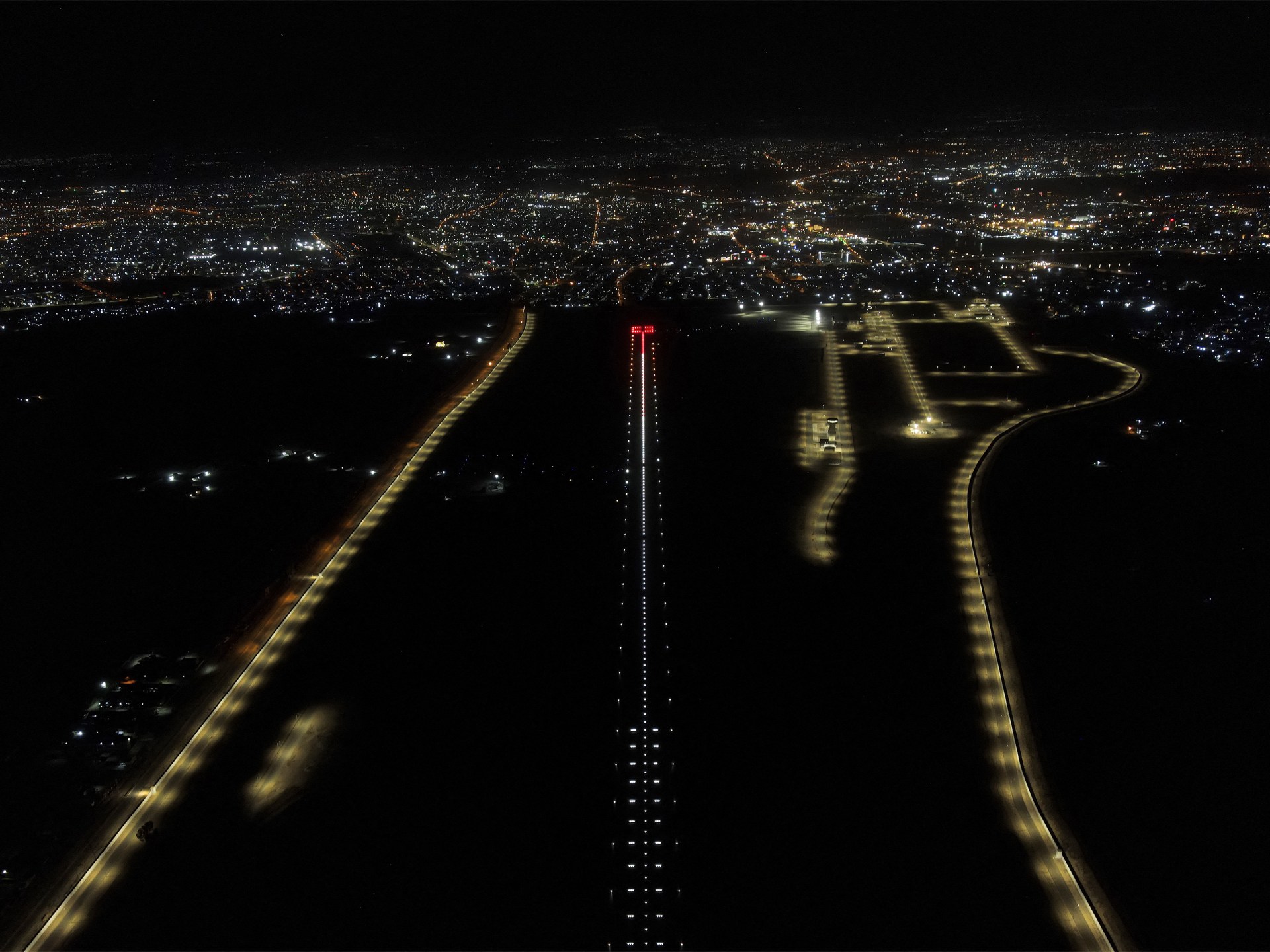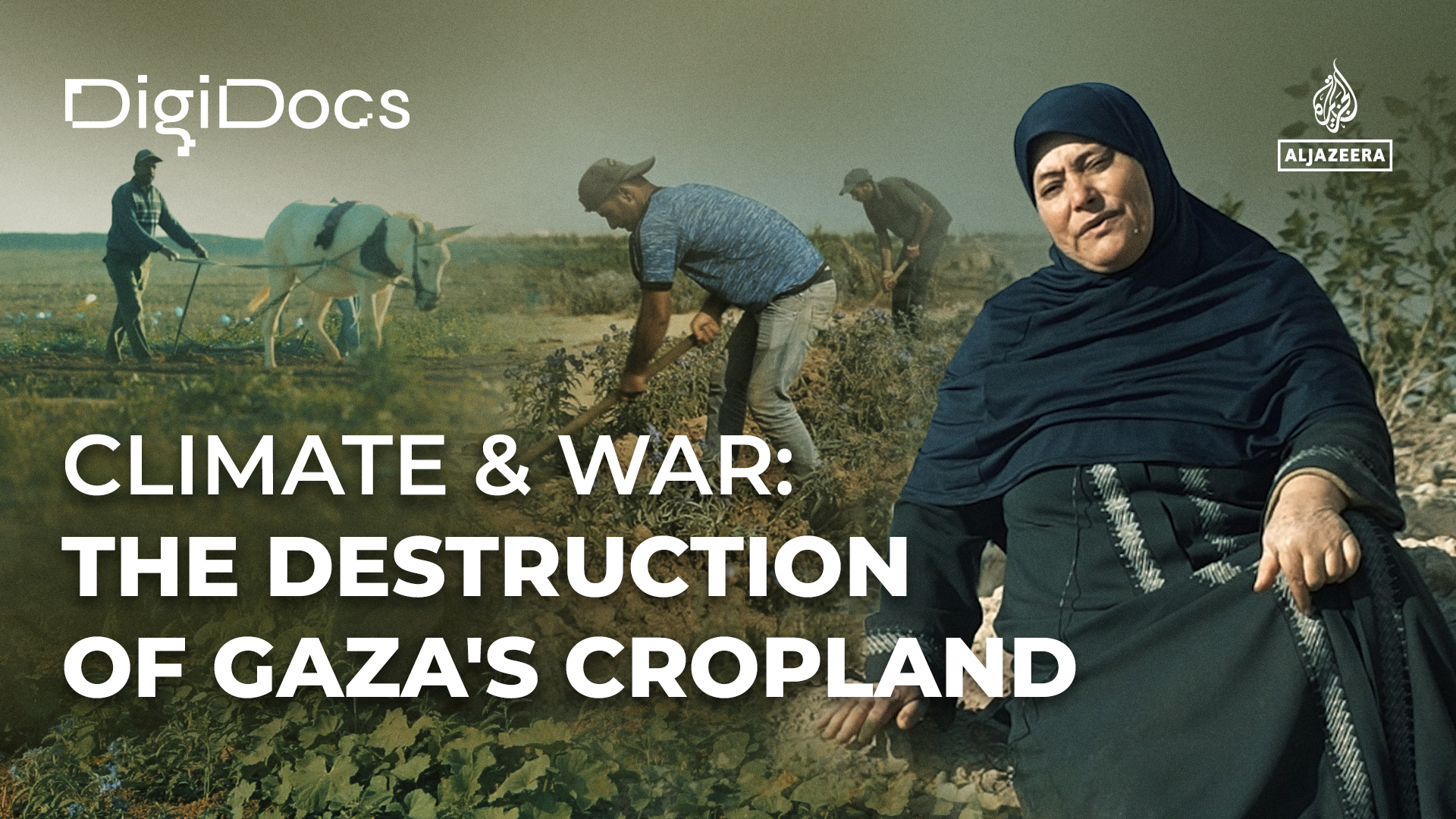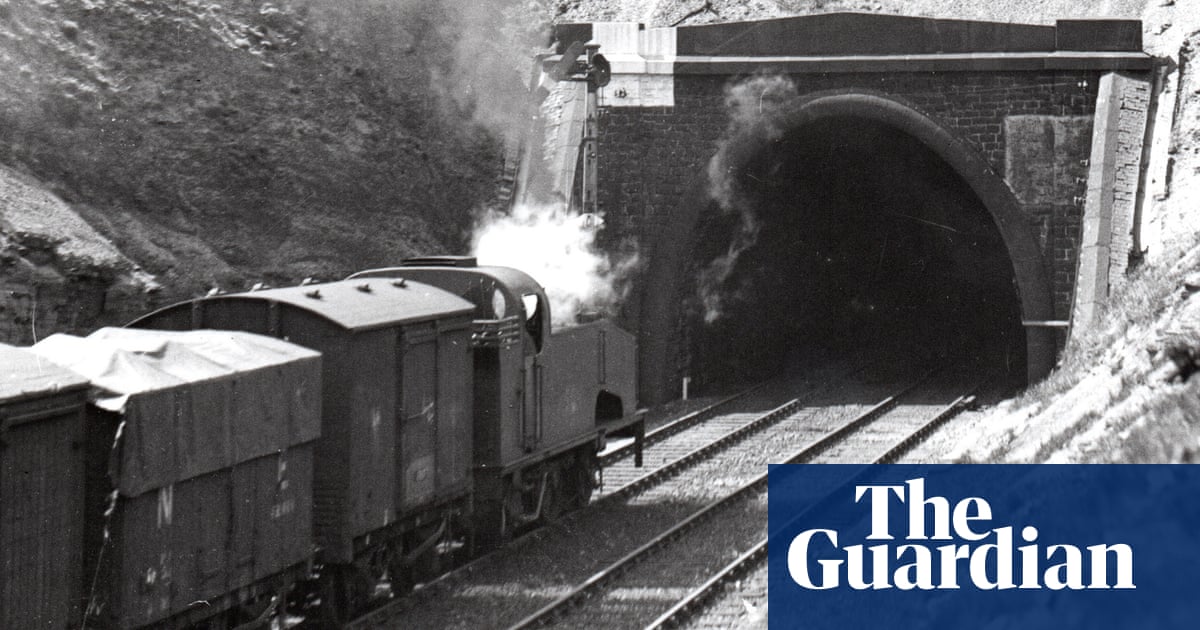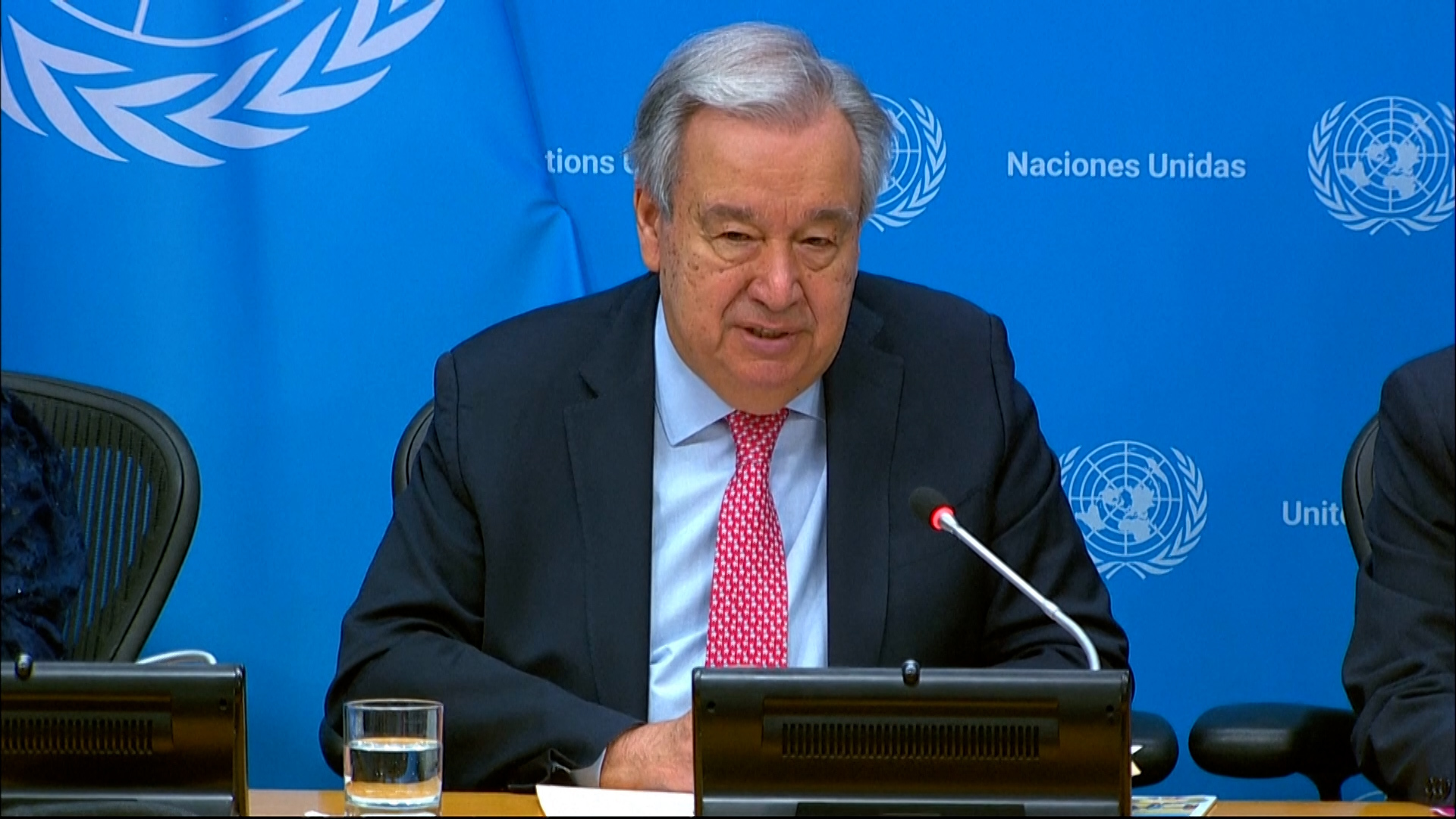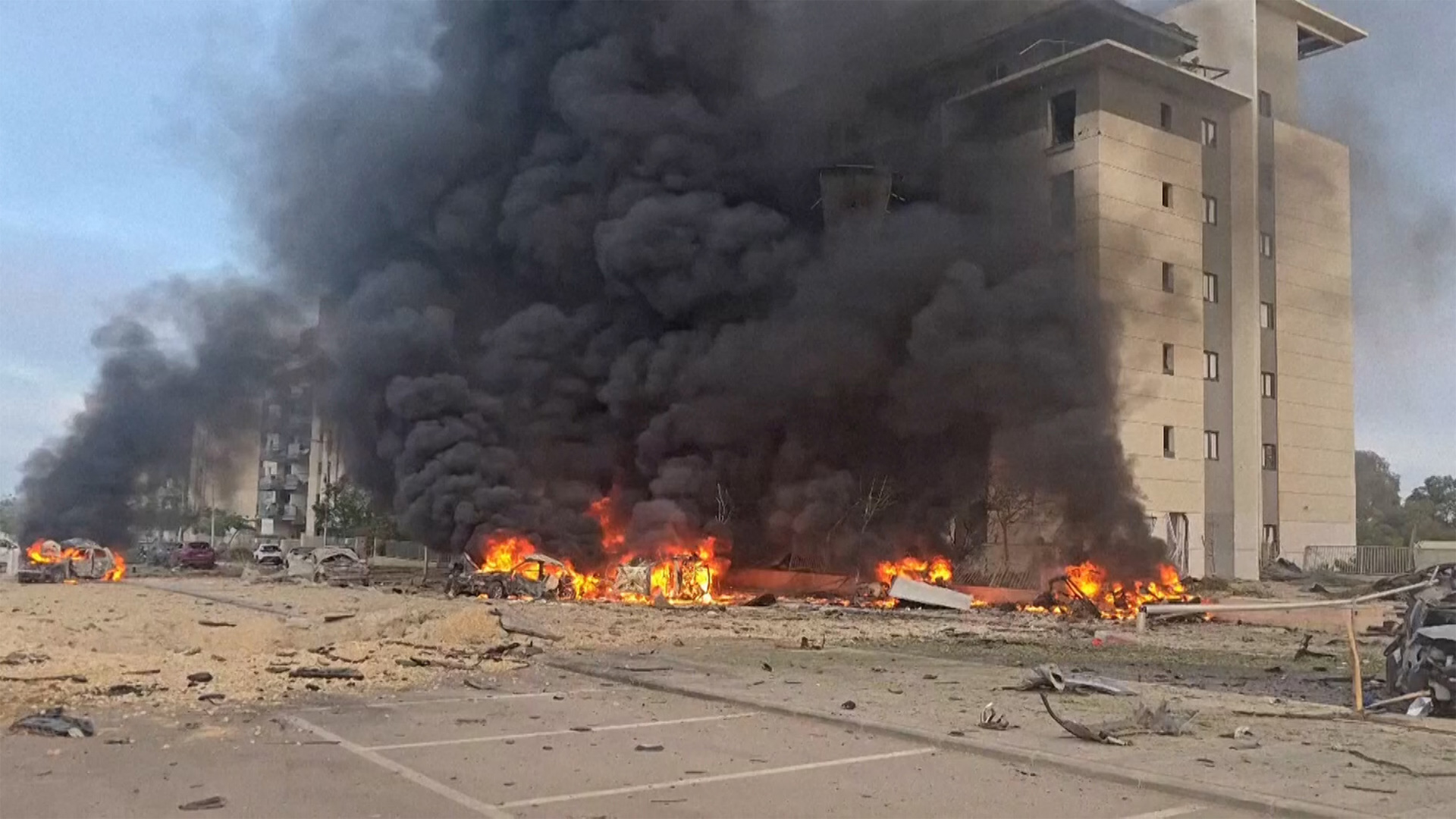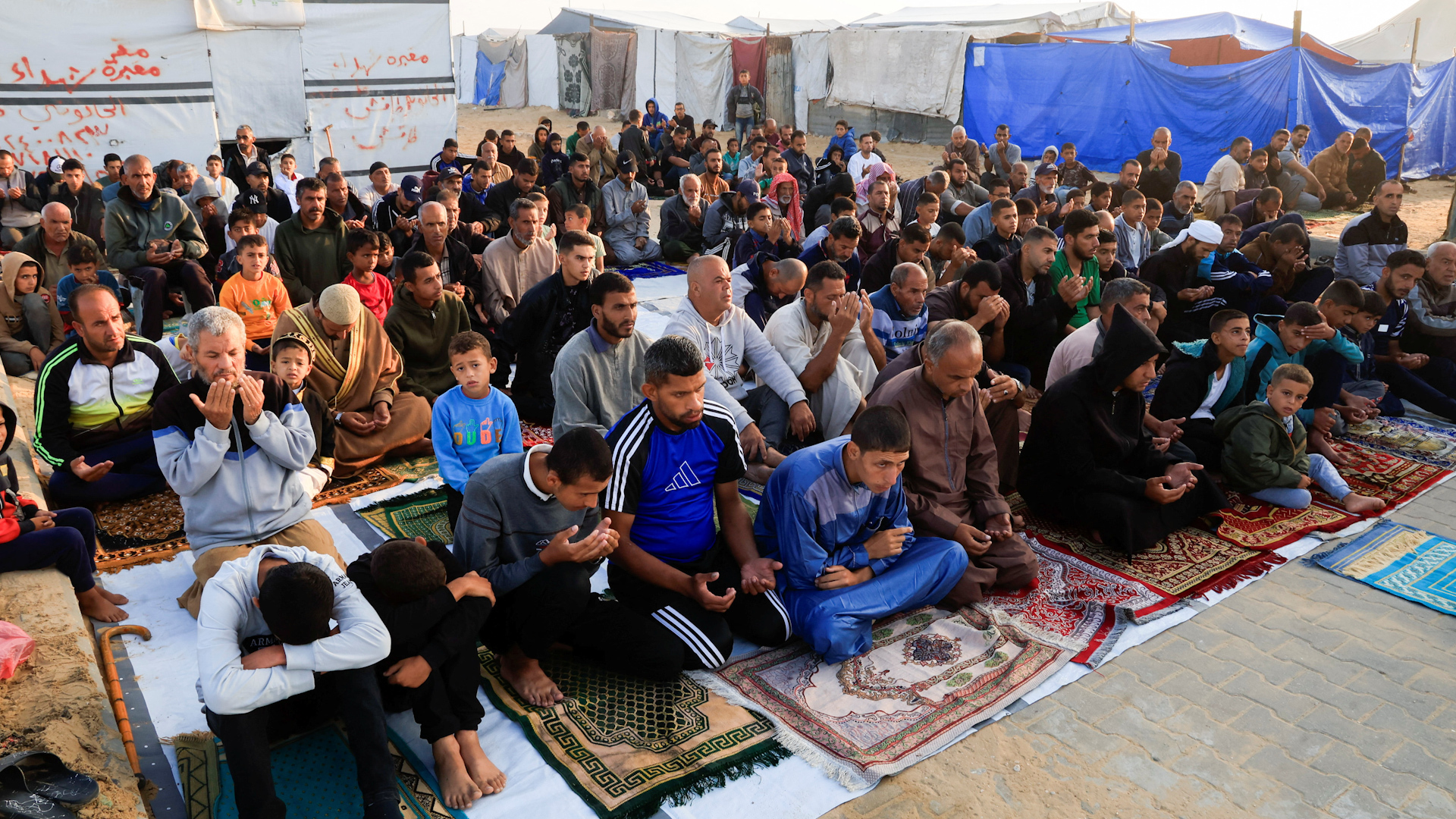Israeli bombing kills over 90 Palestinians as Gaza City faces destruction | News
At least 76 killed in Gaza City alone as 450,000 flee Israeli attacks on the coastal enclave’s main urban centre.
At least 91 Palestinians have been killed across the Gaza Strip since dawn, where Israeli forces continue to heavily bomb Gaza City, the main urban centre in the besieged enclave.
Medical sources across Gaza hospitals told Al Jazeera on Saturday that at least 76 Palestinians were killed in Gaza City alone, where the Israeli army has been trying to forcibly expel the entire population in recent weeks.
Recommended Stories
list of 3 itemsend of list
In the area’s Tuffah neighbourhood, at least six people were killed in an Israeli drone attack. In western Gaza City’s Shati camp, at least five people, including two girls, were killed in an Israeli assault, an ambulance source told our Al Jazeera colleagues on the ground.
The Israeli military estimates it has demolished up to 20 tower blocks over the past two weeks in the area.
According to the Gaza Civil Defence, some 450,000 – or about half the urban centre’s population – have fled Gaza City since Israel in August announced its decision to capture and occupy it.
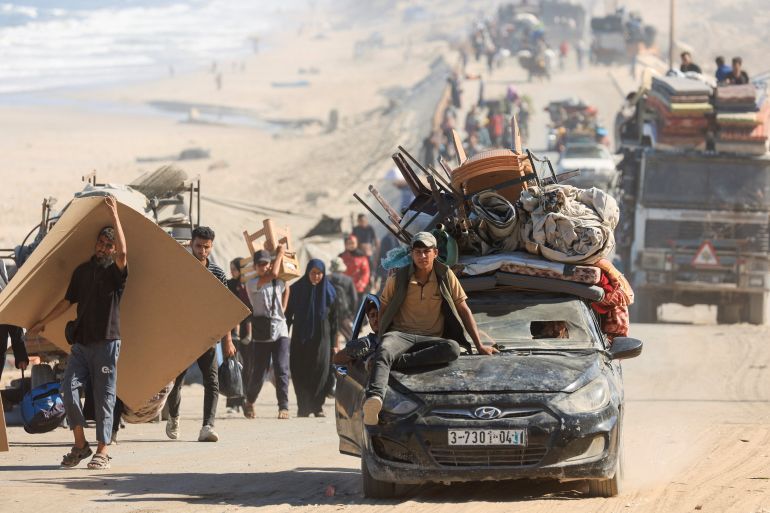
Al Jazeera’s Hind Khoudary, reporting from central Gaza, said Israeli forces were attacking people as they fled following Israel’s forced expulsion orders.
“The army is using quadcopters to kill people trying to escape their neighbourhoods and using these robots with residents saying every time they explode it feels like an earthquake,” she reported.
Meanwhile, Gaza’s ruling entity Hamas released on Saturday what it called a “farewell picture” of 48 Israeli captives held in Gaza.
Hamas has persistently warned that intensifying Israeli attacks and a ground invasion would endanger the lives of the captives; some have already been killed by Israeli bombs.
The armed Palestinian group also claims that captives are “scattered throughout the neighbourhoods” of besieged Gaza City.
Situation in al-Mawasi ‘heartbreaking’
While the Israeli army has intensified its deadly bombing and destruction of Gaza City, it said it is also continuing military operations in the south.
At least three of the dead were aid seekers killed by Israeli forces at a distribution centre near Rafah in southern Gaza.
Al Jazeera’s Khoudary said the al-Mawasi area in southern Gaza, touted by the Israeli army as a so-called “safe zone” and where Palestinians in the north were told to flee from, was “overcrowded”, leaving many with few alternatives.
“We’re seeing some tents on the sides of the streets. People have literally pitched their tents in places where there’s no water, electricity or infrastructure,” she said.
“That’s because Palestinians do not have any other option.”
Michail Fotiadis from medical charity Doctors Without Borders, known by its French initials MSF, says the situation in al-Mawasi is “heartbreaking”.
“Everybody is looking for a place to pitch a tent, but the materials are not available. The situation is really dire for the population. Access to water is very difficult,” Fotiadis told Al Jazeera from al-Mawasi, described by Israel as a “humanitarian zone”.
He said more Palestinians continue to arrive from northern Gaza with nothing after escaping Israel’s military onslaught.
“Usually, in a situation like this, survival prevails. But Palestinians in the Gaza Strip have had to endure so many different displacements, so many situations of fear. They are beyond desperation.”
